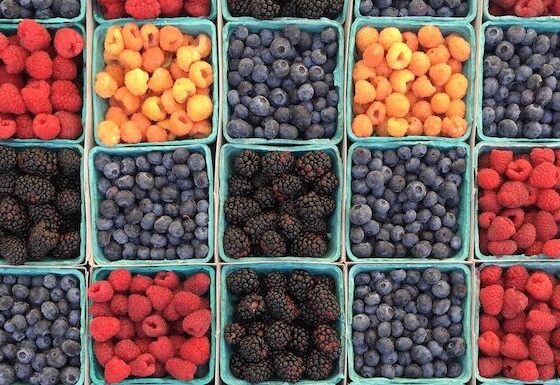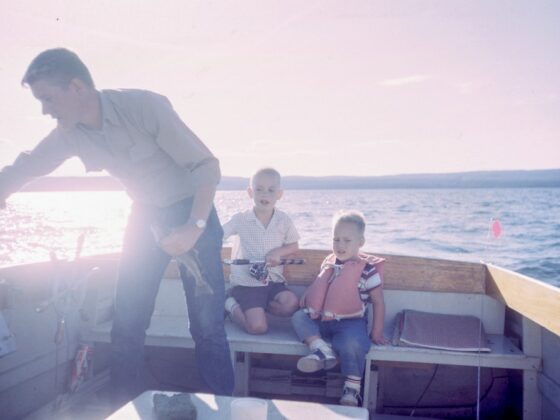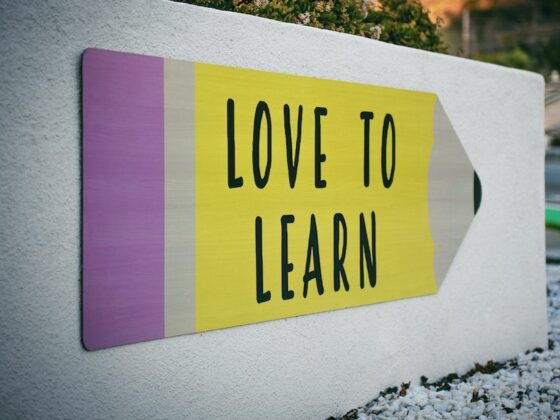Can you make a black piece of paper rainbow without colorful paints and pens? The answer is yes, and we’re going to show you how with thin film interference!
What you need:
- Black piece of paper cut into smaller pieces (approx. 3-5”x3-5”)
- Clear nail polish
- Bowl full of room temperature water
- Napkins
- Rubber gloves (optional)
What you do:
Drop one or two drops of clear nail polish on the top of the water. Before the polish dries and creates a film on top of the water (it takes just a few seconds so be speedy!), lay the paper, flat, on top of the water onto the nail polish and down into the water. Make sure to quickly pull it out. Lay it out to dry. Be patient, it could take a few tries to get it right!
If the nail polish dries on top of the water, creating a film, simply pull it off with a napkin and start over. The nail polish will only stick to the paper when it’s wet!
Once the paper dries, take it into the light and move it back and forth to see the rainbows! It should resemble an oil slick.
Questions to consider:
- What causes the rainbows?
- Why do we use black paper?
- Could you do this with other colors of nail polish besides clear?
Why it works:
The colors are caused by thin-film interference. It’s the same reason you can see rainbows on soap bubbles and oil spills. The light waves reflected by the upper and lower boundaries of the film interfere with each other, enhancing and reducing the reflected light. The colors change and move as you tip the paper in different directions because the light hits the paper at different angles, reflecting different colors.





